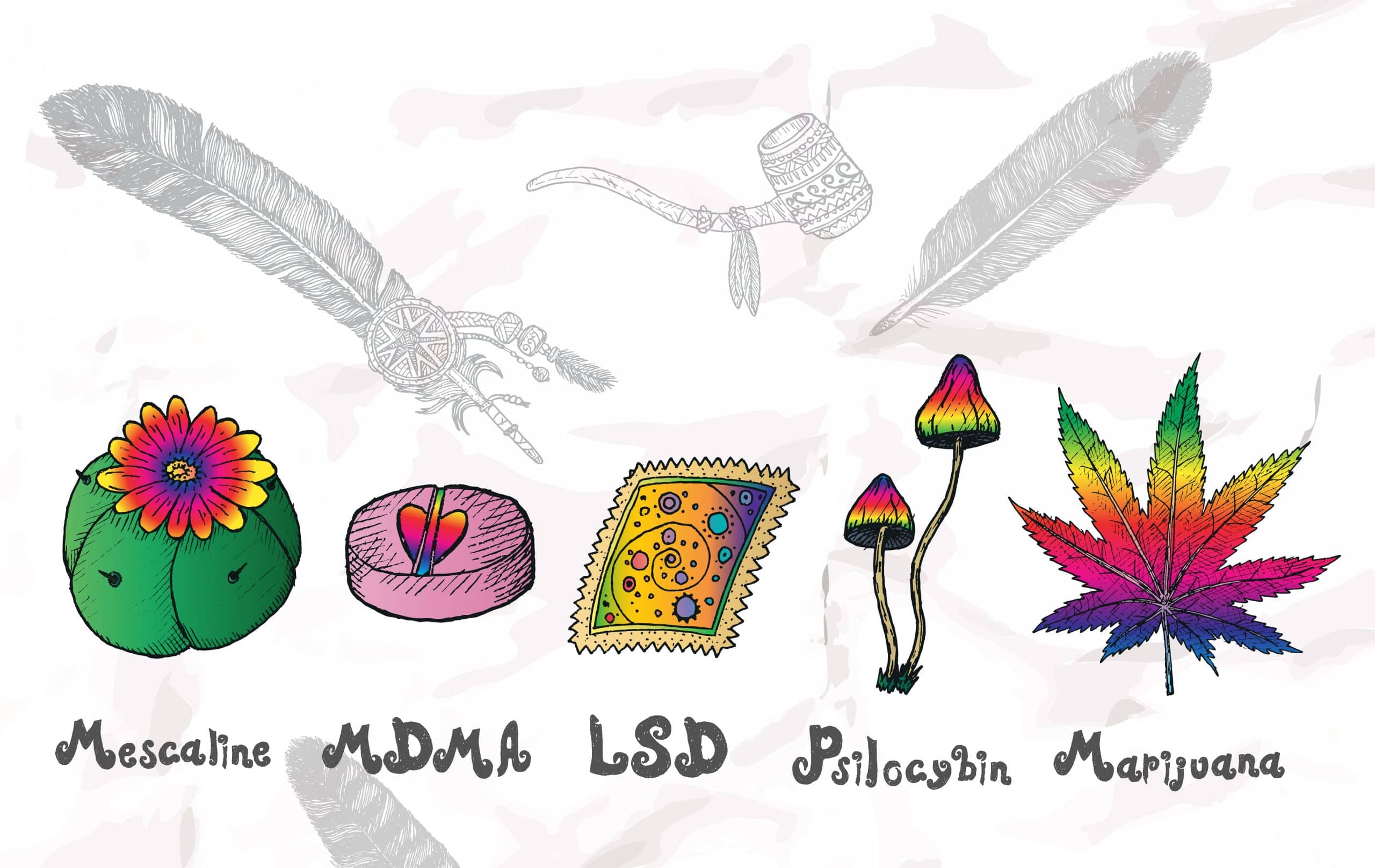Above 2,000 several years in the past, Chinese medical professionals advised crushing hemp seeds, mixing them with rhubarb and magnolia bark and boiling them before consuming the ensuing liquid to enable shift a stubborn poo.
They however do right now.
A single of the previously appearances of hashish in Western healthcare papers was in an 1843 medical article which heralded its effectiveness in managing cholera. It was also excitedly proclaimed that hemp (or ‘gunjuh’) could efficiently be utilized to handle tetanus, joint pain, and seizures. The results ended up a significant breakthrough, provided that 4 cholera outbreaks involving 1832 and 1866 had triggered the demise of tens of thousands of Londoners.
In reality, Queen Victoria’s personal doctor JR Reynolds recommended Cannabis to her to aid alleviate interval suffering. It is challenging to Queen when you are hunched in excess of a incredibly hot h2o bottle, bursting into tears randomly and wanting to take in your have system bodyweight in chocolate.
When the Western earth was hailing professional medical marijuana as the upcoming of contemporary medication, (less than 50 a long time ahead of they made the decision it was the devil’s weed) it was – pretty much – historical history for China. The first recorded use of Cannabis as a drugs was in between 2696 – 2737 BC in China by legendary Emperor Shen Nung – the exact dude credited for inventing tea.

Recognized as da ma in Chinese medicine, hashish is viewed as a single of the 50 “fundamental” herbs. It very first appears in The Divine Farmer’s Materia Medica – a single of three foundation textbooks of Chinese drugs. Even though penned additional than two millennia ago, the book – edited and expanded upon in the intervening two thousand a long time – is still in scientific use.
According to this text, cannabis is reported to govern the 5 taxations (extreme use of the eyes, excessive lying, sitting down, standing, and physical exercise), rule the seven damages (over-having, chilly food and consume, climatic extremes, rage, tiredness, grief, and fear) and gain the 5 viscera (the coronary heart, liver, lungs, kidneys, and spleen.) And it is much from the only honourable mention the herb will get in Traditional Chinese Medication.
Around the sixth century Ad, The Divine Farmer’s Materia Medica was expanded, modernised and edited. Tao Hongjing added that cannabis can be utilized to “break accumulations, decrease impediment, and disperse pus.” So which is pleasant.
All over that time, yet another famed Chinese medical doctor, Solar Simiao (581–683 Advertisement), suggested using hashish to take care of pain. He advisable crushing the leaves to extract their juice to treat significant ache thanks to bone fractures in the 30-volume e book Prescriptions Value a Thousand Parts of Gold for Emergencies.
His textual content also endorses hashish for mental disease characterised by melancholy and a motivation to be on your own.
Yet another report of hashish in treating discomfort arrives from Su Song’s Illustrated Basic of Materia Medica, printed in 1070 Advertisement. He recommends hashish seed wine for agony treatment and promises that “by 10 servings, the suffering will be alleviated its influence can’t be surpassed.” Cannabis was 1st detailed as an anaesthetic in Bian Que’s Coronary heart Text of Bian Que (1127-1270 Ad), who claimed that the moment mixed with other herbs, it would deliver the affected individual into a “stupor-slumber in which the man or woman experiences no agony and is not harmed.”
In the meantime, in the West, we experienced to wait until eventually 1621 when English Clergyman Robert Burton advised hashish as a remedy for melancholy in his book The Anatomy of Melancholy. Due to the fact only a several persons could read at that issue, no just one truly compensated any awareness until eventually over 200 a long time afterwards, in 1833, when Irish doctor William Brooke O’Shaughnessy made the to start with leap into medical testing in Western medicine.
Again in the East, texts from the 20th Century mention hashish for psychological disease, like Li Chenghu’s Pharmacognosy and Yang Huating’s Illustrated Evaluation of Medicines. Between them, they advise numerous circumstances for which marijuana might be useful, such as agitation, hysteria, mania-withdrawal, and insomnia.
It wasn’t till 1928 that hashish turned a prohibited material in the British isles, when fears pertaining to the drugs’ impact led politicians to criminalise it across occupied territories, and then eventually in Britain by itself.
Even when the People’s Republic of China was founded in 1949, the added benefits of hashish have been however remaining investigated. But in 1985, the People’s Republic of China joined the Convention on Psychotropic Substances, recognized marijuana as a harmful narcotic drug, and built it illegal to possess or use it.
Whilst hemp continues to be developed throughout numerous sections of China and is farmed for its fibres, other strains of marijuana are now unlawful in China. Mainly because of this, the only aspect of the plant now employed in common medicine is the seeds, identified as Huo Ma Ren. Yet China continues to be one particular of the world’s most considerable medical cannabis producers.
In accordance to the Planet Intellectual Residence Organisation, it owns 309 of the 606 patents relating to hashish, and several of these are for herbal remedies. 1, submitted by the Yunan Industrial Cannabis Sativa Co, refers to an application manufactured from total cannabis Sativa seeds to make “functional food” to improve the immune procedure by raising serum protein and sero-abluminous concentrations in the human entire body.
A further, by an inventor identified as Zhang Hongqi, is for a “Chinese medicinal preparation” for treating peptic ulcers, with the method using a multitude of substances, such as the hashish sativa seed. The filing says it has “significant therapeutic usefulness and does not trigger any adverse effect”. And there is also a patent for managing constipation, made using Fructus Hashish, sesame and almonds. This tea, it is claimed, treats the root cause of constipation and its quite a few unwanted aspect consequences and shows “obvious curative effects”.
As the Chinese would say: 换汤不换药 (huàn tāng bù huàn yào) – diverse broth but the same previous drugs.




